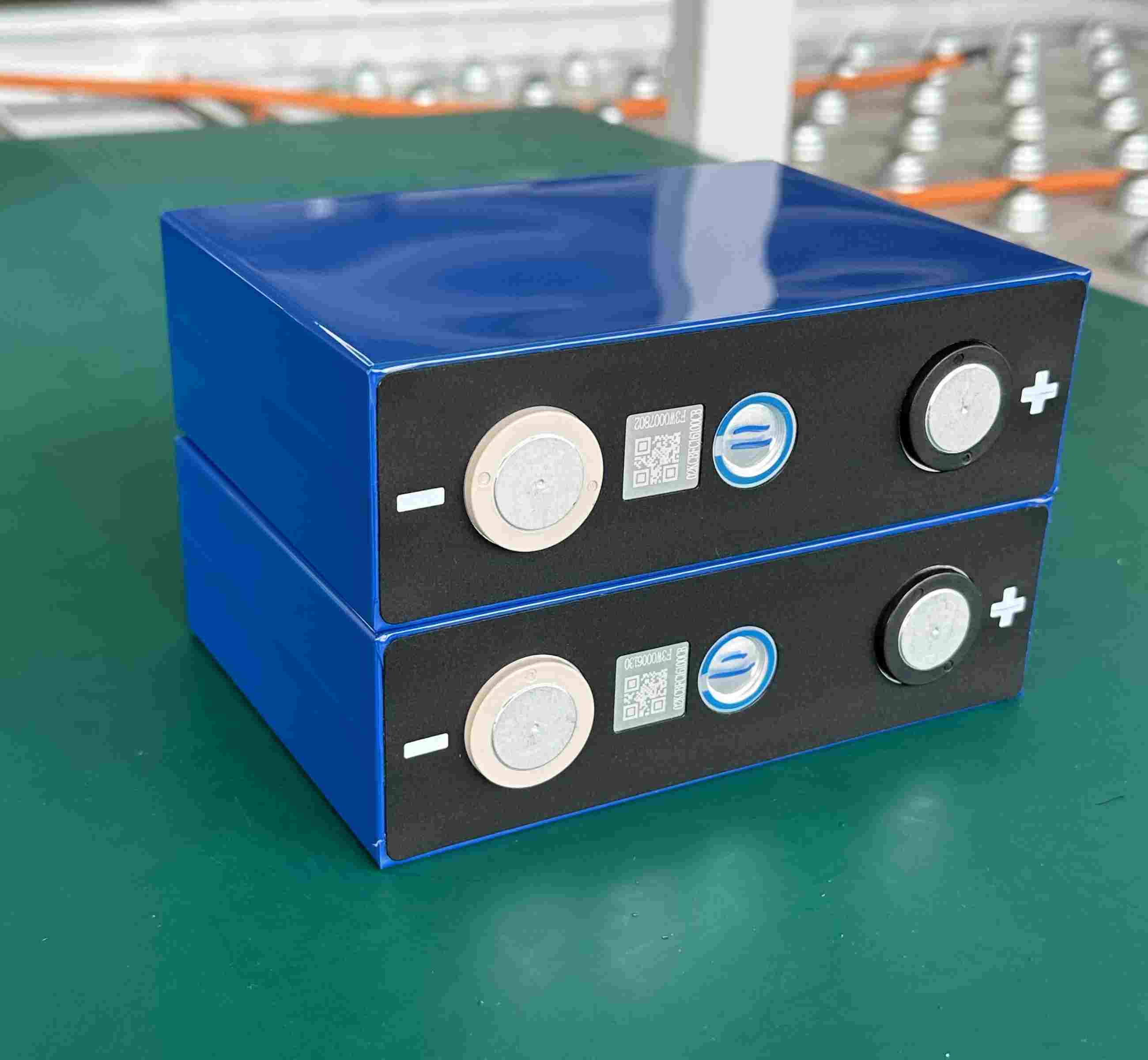
While LiFePO4 (lithium iron phosphate) batteries are known for their exceptional safety and stability, electrolyte leaks—though rare—can occur under extremeconditions. Understanding how to identify and address such leaks is critical for safety and maintaining battery performance.
LiFePO4 battery leaks typically involve the escape of electrolyte, a conductive liquid between the battery’s electrodes. This fluid often has a distinct odor and may contain toxic compounds like hydrogen fluoride, posing health risks. Leaks compromise the battery’s internal chemistry, reducing efficiency and lifespan.
Primary Causes of Leaks:
1. Overcharging or Over-Discharging
- Prolonged overcharging/over-discharging generates excessive heat, leading to battery swelling. Persistent swelling can rupture the casing, allowing electrolyte to escape.
- This scenario often produces a burnt smell due to intense internal reactions.
2. Physical Damage
- Impacts, punctures, or manufacturing defects (common in low-quality batteries) can breach the battery's seal.
- Leaks from physical damage may have a milder odor but still release harmful fumes.
If a leak occurs, prioritize safety and act swiftly:
1. Isolate the Battery
- Wear gloves and eye protection. Move the battery to a well-ventilated area away from flammable materials.
2. Assess the Leak
- True Leak: If the casing is swollen, cracked, or emitting strong odors, discontinue use immediately. These batteries cannot be repaired and require replacement.
- "Fake" Leak: Residual electrolyte on the battery surface (from manufacturing) can be wiped away with a dry cloth. Clean thoroughly and monitor for recurrence.
3. Handle Contamination Carefully
- If electrolyte contacts skin, rinse with water for 15 minutes. If it enters eyes or open wounds, seek medical help immediately.
4. Dispose Responsibly
- Do not discard leaking batteries in regular trash. Follow local hazardous waste regulations for proper disposal.
- Avoid Counterfeit Batteries: Low-quality LiFePO4 batteries have higher leak risks. Purchase from reputable suppliers.
- Use Compatible Chargers: Prevent overcharging with certified chargers designed for LiFePO4 chemistry.
- Regular Inspections: Check for swelling, cracks, or unusual odors, especially after impacts or extreme use.
LiFePO4 electrolytes contain lithium hexafluorophosphate, which decomposes into toxic hydrogen fluoride. Organic solvents in the electrolyte are also harmful. Even small leaks demand caution due to these hazards.
While LiFePO4 battery leaks are uncommon, preparedness ensures safety. Always prioritize high-quality batteries, proper charging practices, and prompt action if leaks arise. By staying informed, users can mitigate risks and maximize the benefits of this reliable energy storage technology.
Stay Safe, Stay Powered!
Next:REPT BATTERO Showcases Cutting-Edge Battery Innovations at CIBF2025
Previous:CATL Unveils TENER Stack: The World's First 9MWh Ultra-Large Capacity Energy Storage System